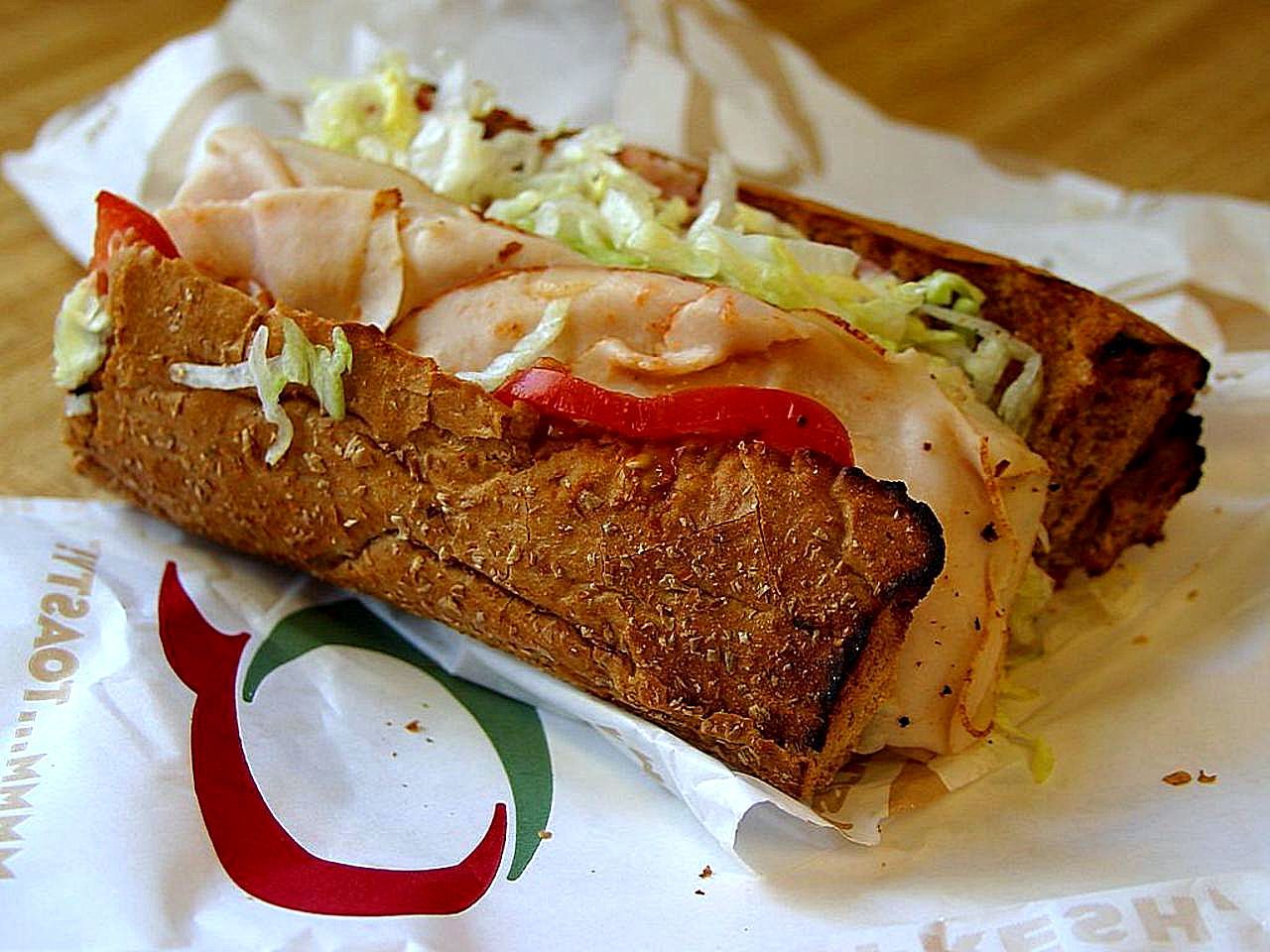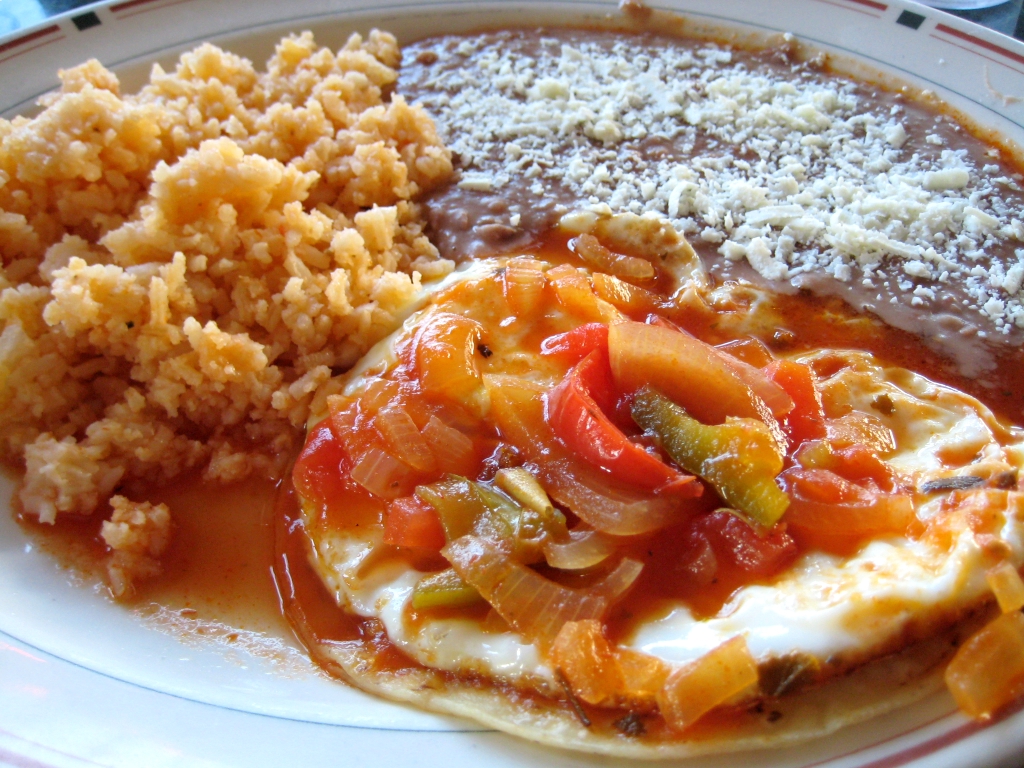|
Cemita
The ''cemita'' is a sandwich originally from Puebla, Mexico. Also known as ''cemita poblana'', it derives from the city (and region) of Puebla. The word refers to the sandwich as well as to the roll it is typically served on, a bread roll covered with sesame seeds. Additionally, the ingredients usually are restricted to sliced avocado, meat, Oaxaca cheese, onions, the herb pápalo and chipotle adobado, or jalapeño. Name The Real Academia Española says ''cemita'' comes from " acemite" (archaic Spanish for "bran") which in turn comes from Aramaic, and is related to Greek σεμίδαλις (semídalis) ("semolina"). Reception '' The Daily Meal'' reviewed the cemita, saying "there are numerous variations, but it's always a delicious mouthful" in their article "12 Life-Changing Sandwiches You've Never Heard Of". See also * Mexican breads * Mexican cuisine * List of bread rolls * List of Mexican dishes * List of sandwiches Sandwiches are a common type of lunch food often eat ... [...More Info...] [...Related Items...] OR: [Wikipedia] [Google] [Baidu] |
Puebla, Puebla
Puebla de Zaragoza (; ; ), formally Heroica Puebla de Zaragoza, formerly Puebla de los Ángeles during colonial times, or known simply as Puebla, is the seat of Puebla Municipality. It is the capital and largest city of the state of Puebla, and the List of cities in Mexico#Top 100 cities by population, fourth-largest city in Mexico, after Mexico City, Monterrey, and Guadalajara. A New Spain, viceregal era planned city, it is located in the southern part of Central Mexico on the main route between Mexico City and Mexico's main Atlantic Ocean, Atlantic port, Veracruz, Veracruz, Veracruz—about east southeast of Mexico City and about west of Veracruz. The city was founded in 1531 in an area called Cuetlaxcoapan, which means "where serpents change their skin", between two of the main indigenous settlements at the time, Tlaxcala and Cholula (Mesoamerican site), Cholula. This valley was not populated in the 16th century, as in the pre-Columbian, pre-Hispanic period this area was prim ... [...More Info...] [...Related Items...] OR: [Wikipedia] [Google] [Baidu] |
Mexican Cuisine
Mexican cuisine consists of the cuisines and associated traditions of the modern country of Mexico. Its earliest roots lie in Mesoamerican Cuisine, Mesoamerican cuisine. Mexican cuisine's ingredients and methods arise from the area's first agricultural communities, such as those of the Olmecs, Olmec and Maya civilization, Maya, who domesticated maize, created the standard process of nixtamalization, and established foodways. Successive waves of other Mesoamerican groups brought with them their cooking methods. These included the Teotihuacanos, Toltec, Huastec civilization, Huastec, Zapotec civilization, Zapotec, Mixtec, Otomi people, Otomi, Tarascan state, Purépecha, Totonac, Mazatec, Mazahua people, Mazahua, and Nahuas, Nahua. With the Mexica formation of the multi-ethnic Triple Alliance (Aztec Empire), culinary foodways became infused (Aztec cuisine). Today's food staples native to the land include corn (maize), turkey, beans, squash, amaranth, Chia seed, chia, avocados, to ... [...More Info...] [...Related Items...] OR: [Wikipedia] [Google] [Baidu] |
Mexican Breads
Mexican breads and other Mexican baked goods were made from the blending of influence from various European baking traditions. Wheat, and the bread baked from it, was introduced by the Spanish at the time of the Spanish conquest of the Aztec Empire, Conquest. The French influence in Mexican Bread is the strongest e.g. the bolillo evolved from the French baguette and Concha (bread), the concha branched out from the French brioche. The terminology is also derived from French. A baño maría, meaning a water bath for a custard like budín or bread pudding comes from the French word bain marie. While the consumption of wheat has never surpassed that of corn in the country, wheat is still a staple food and an important part of both everyday life and special rituals. While Mexico has adopted various bread styles from Europe and the United States, most of the varieties of breads made in the country were developed in Mexico. However, there is little to no baking done in Mexican homes; in ... [...More Info...] [...Related Items...] OR: [Wikipedia] [Google] [Baidu] |
Porophyllum Ruderale
''Porophyllum ruderale'' is an herbaceous annual plant whose leaves can be used for seasoning food. The taste has been described as "somewhere between arugula, cilantro and rue". The plant is commonly grown in Mexico and South America for use in salsas. When fully grown, the plant measures about in height and in diameter. The plant is easy to grow from seed in a well-drained soil, which should be allowed to dry between watering. Culture Having been used by many cultures, Porophyllum ruderale is known by many names, including Bolivian coriander, quillquiña (also spelled quirquiña or quilquiña), yerba porosa, killi, pápalo, tepegua, rupay wachi, mampuritu, pápaloquelite and summer cilantro. Despite the name "Bolivian coriander" and "summer cilantro", this plant is not botanically related to '' Coriandrum sativum''. The terms pápaloquelite and pápalo are used in Mexico, and the herb there commonly accompanies tacos. Not all Mexicans enjoy its taste, but some find tha ... [...More Info...] [...Related Items...] OR: [Wikipedia] [Google] [Baidu] |
List Of Sandwiches
Sandwiches are a common type of lunch food often eaten as part of a packed lunch. There are many types of sandwiches, made from a diverse variety of ingredients. The sandwich is the namesake of John Montagu, Earl of Sandwich, a British statesman. Major types of sandwiches include: * Two slices of bread with other ingredients between * Two halves of a baguette or roll with other ingredients between * Hero, hoagie, or submarine sandwich A submarine sandwich, commonly known as a sub, is a type of American cold or hot sandwich made from a submarine roll (an elongated bread roll) that is split lengthwise and filled with meats, cheeses, vegetables, and condiments. Although "subma ... * Open-faced sandwich * Pocket sandwich Sandwich cookies and ice cream sandwiches are generally not considered sandwiches in the sense of a bread-containing food item, but are named by analogy. Sandwiches See also * Hot dog variations * List of bread dishes * List of hamburgers * List ... [...More Info...] [...Related Items...] OR: [Wikipedia] [Google] [Baidu] |
List Of Mexican Dishes
The Spanish invasion of the Aztec Empire occurred in the 16th century. The basic staples since then remain native foods such as corn, beans, Cucurbita, squash and chili peppers, but the Europeans introduced many other foods, the most important of which were meat from domesticated animals, dairy products (especially cheese) and various herbs and spices, although key spices in Mexican cuisine are also native to Mesoamerica such as a large variety of chili peppers. Antojitos Street food in Mexico, called ''antojitos'', is prepared by street vendors in Mexico City, street vendors and at small traditional markets in Mexico. Most of them include corn as an ingredient. File:CemitaSandwich2.JPG, Cemita with milanesa File:Huarachesverdes.JPG, Preparation of ''huarache (food), huaraches'' File:01 Chilaquiles verdes con frijoles chinos.jpg, Chilaquiles File:Menudo in Houston TX 2013.jpg, Menudo (soup), Menudo File:Molotes.jpg, Molotes File:Cochinita pibil 2.jpg, Cochinita pibil is a traditi ... [...More Info...] [...Related Items...] OR: [Wikipedia] [Google] [Baidu] |
List Of Bread Rolls
A bread roll is a small, often round loaf of bread served as a meal accompaniment, eaten plain or with butter. A roll can be served and eaten whole or cut transversely and dressed with filling between the two halves. Rolls are also commonly used to make sandwiches similar to those produced using slices of bread. A bun is a type of bread or bread roll, sometimes sweet. Buns come in many shapes and sizes, but are most commonly hand-sized or smaller, with a round top and flat bottom. The items listed here include both bread rolls and buns. There are many names for bread rolls and buns, especially in local dialects of British English. The different terms originated from bakers, based on how they made the dough and how the items were cooked. Over time, people tend to use one name to refer to all similar products, regardless of whether or not it is technically correct by the original definitions. A * Asado roll – Filipino bread roll with savory-sweet pork asado filling * Anpan ... [...More Info...] [...Related Items...] OR: [Wikipedia] [Google] [Baidu] |
The Daily Meal
The Daily Meal is a food and drinks website. Launched in October 2010, it was the first site launched by Spanfeller Media Group, founded by former Forbes.com CEO Jim Spanfeller. In 2016, The Daily Meal, along with Spanfeller Media Group, was acquired by Tribune Publishing. Sometime between July 2022 and September 2022, The Daily Meal was acquired by Static Media. Content The Daily Meal produces original content and videos from editors, industry insiders, and the user community. The website features nine channels (Cook, Eat/Dine, Drink, Travel, Entertain, Best Recipes, Holidays, Lists and Community) and 24 city pages (Atlanta, Austin, Boston, Charleston, Chicago, Denver, Houston, Kansas City, Las Vegas, Los Angeles, Miami, Nashville, New Orleans, New York, Philadelphia, Portland, San Diego, San Francisco, Seattle, St. Louis, Toronto, Twin Cities, Vancouver, and Washington D.C.). Visitors to the site can upload their own stories and recipes through the community channel. The Dai ... [...More Info...] [...Related Items...] OR: [Wikipedia] [Google] [Baidu] |
Aramaic Language
Aramaic (; ) is a Northwest Semitic languages, Northwest Semitic language that originated in the ancient Syria (region), region of Syria and quickly spread to Mesopotamia, the southern Levant, Sinai Peninsula, Sinai, Southeastern Anatolia Region, southeastern Anatolia, and Eastern Arabia, where it has been continually written and spoken in different variety (linguistics), varieties for over three thousand years. Aramaic served as a language of public life and administration of ancient kingdoms and empires, particularly the Neo-Assyrian Empire, Neo-Babylonian Empire, and Achaemenid Empire, and also as a language of divine worship and religious study within Judaism, Christianity, and Gnosticism. Several Neo-Aramaic languages, modern varieties of Aramaic are still spoken. The modern Eastern Aramaic, eastern branch is spoken by Assyrian people, Assyrians, Mandaeans, Mandeans, and Mizrahi Jews.{{cite book , last1=Huehnergard , first1=John , author-link1=John Huehnergard , last2=Rub ... [...More Info...] [...Related Items...] OR: [Wikipedia] [Google] [Baidu] |
Real Academia Española
The Royal Spanish Academy (, ; ) is Spain's official royal institution with a mission to ensure the stability of the Spanish language. It is based in Madrid, Spain, and is affiliated with national language academies in 22 other Hispanophone nations through the Association of Academies of the Spanish Language. The RAE dedicates itself to language planning by applying linguistic prescription aimed at promoting linguistic unity within and between various territories, to ensure a common standard. The proposed language guidelines are shown in a number of works. History In 1711, Spain, unlike France, Italy and Portugal, did not have a large dictionary with a comprehensive and collegially elaborated lexicographical repertoire. The initial nucleus of the future Academy was formed that same year by the eight novatores who met in the library of the palace of , Duke of Escalona and Marquess of Villena, located in the Plaza de las Descalzas Reales in Madrid. The Spanish Academy ... [...More Info...] [...Related Items...] OR: [Wikipedia] [Google] [Baidu] |






